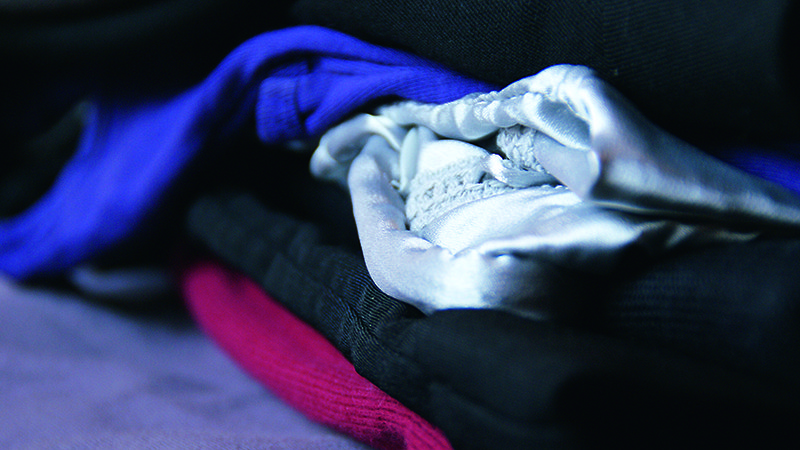Given that collection and sorting of used textiles are financed by the resale of second-hand goods, the key question is who will pay for this service if quality and share of second-hand goods continue to decline, he said at the divisional meeting in Singapore on May 22. He called for the textiles and fashion industry to embrace design for recycling and to commit to using secondary raw materials “even if they are more expensive than virgin materials”.
In his presentation, Mr Böschen pointed to payment problems among the used textiles customer base in Africa. And he also noted: “Demand from Eastern Europe and other markets is still intact, but customers’ demands in regard to product quality are increasing.”
According to Alan Wheeler of the UK’s Textile Recycling Association, a recently-released document from the country’s Environment Audit Committee (EAC) has been described as “a game-changer” for the global fashion industry. The “Fixing Fashion” publication proposes that fashion retailers “take responsibility for the waste they create by introducing an extended producer responsibility scheme for textiles and reward companies that take positive action to reduce waste”. The document claims that a £0.01 levy on each item sold could raise £35 million per annum (approaching Euro 40 million) for reuse/recycling and other initiatives to improve the circularity of the clothing/textiles industry. Other proposals in the report include incorporation of eco-design principles in fashion production and an investment fund to stimulate markets for recycled fibres.
According to BIR the EAC, whose remit is to evaluate the performance of environmental policies and programmes, describes the UK government’s recent pledge to review and consult by 2025 on how to deal with textile waste as “too little, too late”, added Mr Wheeler.
The Textiles Division’s guest presentation from Dr Gloria Lei Yao, Director of Project Development at the Hong Kong Research Institute of Textiles and Apparel (HKRITA), focused on her organisation’s wide-ranging research, development and technology transfer initiatives in the mechanical, chemical and biological recycling of post-consumer textiles. Among the highlighted ventures, she pointed to a four-year project sponsorship involving the H&M Foundation which has been investigating practical solutions to converting blended textiles into new fabrics and yarns. The technology, which is currently in the scale-up phase, will be “licensed widely to ensure broad market access and maximum impact”, she revealed.
The speaker also provided details of a dry upcycling process encompassed within a 40-foot double-glazed container that completes the entire process of garment-to-garment recycling – from sanitisation and fibre opening to spinning and knitting – in a period of four hours to two days. One of the major benefits of this initiative is as “an educational tool” that enables the public to visualise the value of old garments, she explained.










